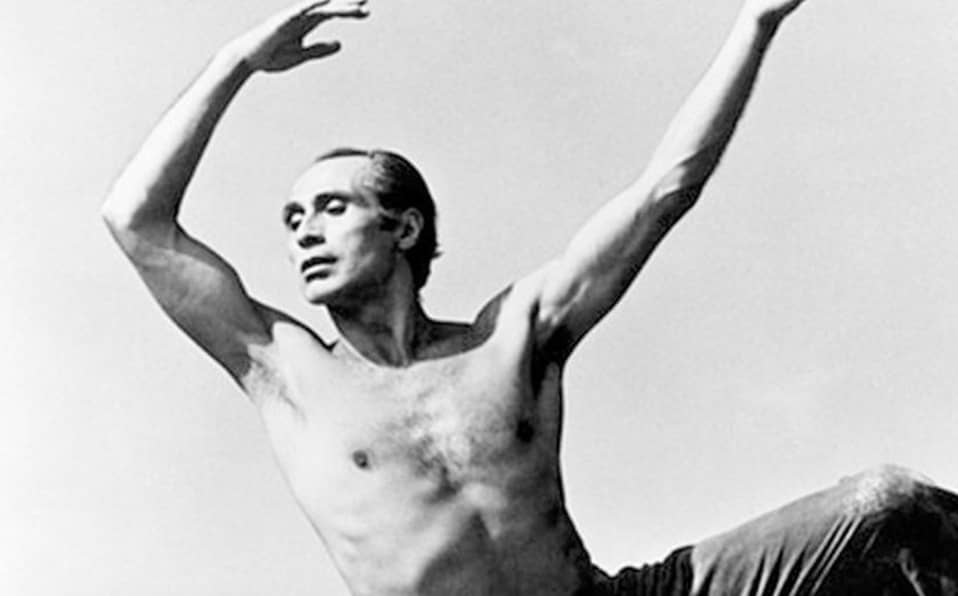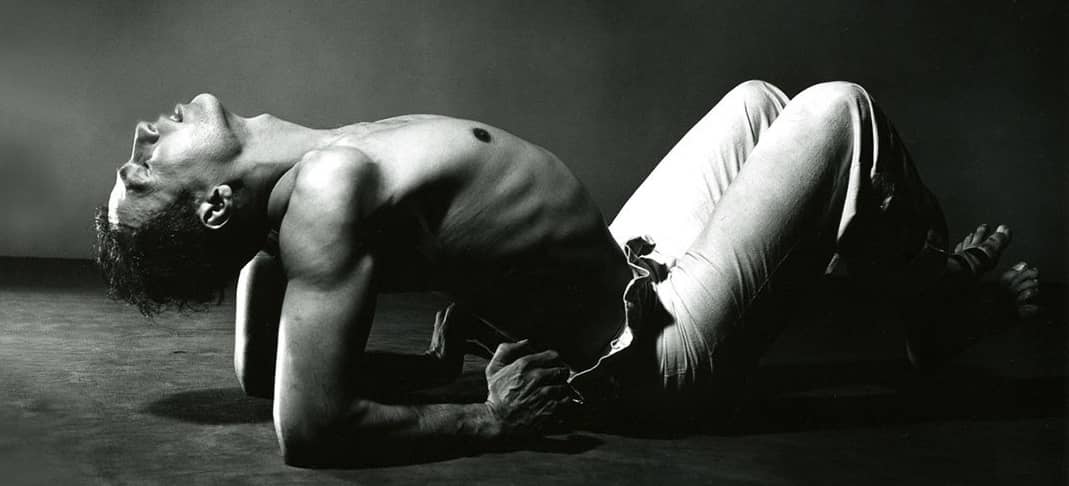José Limón, the founder of the José Limón dance company, was an internationally-renowned American dancer, performer, and choreographer born in Mexico and is known to develop his own dance technique called “Limón dance technique.’
He played an important role to shape the dance world the way it is today by exploring the weakness and strength of human character and complexities of human life experienced through the body and increasing the importance and enhancing the role of the male dancers in American modern dance through his choreography for men with his dances featuring the gestures such as bending, grasping, pulling to convey the emotions
He left the world with an impact on the dance industry through his passion, talent, energy, and his role as a performer in the dance field with the establishment of new techniques and various, important collection of his choreographies eventually contributing to the overall history made him an important figure of American dance movement of the 1930s and 1960s.
José Limón 1908-1972
The early life of José Limón:
José Arcadio Limón was born on January 12, 1908, in Culiacán to Florencio Limón, and Francisca Traslaviña. His mother gave birth to eleven children and he was the eldest among them. His father was a musician and a conductor and his mother, a committed catholic, was the daughter of a school teacher.
The Mexican Revolution of 1910 affected young Limón’s life by him witnessing the death of a young uncle by a gunshot when Limón was just seven. His family had to take residence in various cities frequently, which included Cananea, Nogales, Hermosilla, and then across the border to Tucson, Arizona as various military bands were directed by his father during the revolution. His father worked as a musician and conductor in various cities in Arizona before settling in Los Angeles, California when Limón was 12. He attended Lincoln High School in Los Angeles where he was introduced to the glories of Western art and he also started to study piano about the same time, and graduated in 1926.
His mother died during her childbirth when Limón was 18. After his high school, he enrolled at the University of California, LA to study art. In 1928, he left the program to move to New York at the urging of three bohemian friends and joined new York school of design.
He saw his first dance performance in 1928, A dance performance by Harald Kreutzberg and Yvonne Georgi, which he attended in New York had inspired him to begin his training as a dancer and he joined Humphrey Weidman School and later he danced professionally with the company.
José Limón Career, Marriage, Success and his work:

After a little training he was invited to join the company and became a member of the Humphrey-Weidman, there he became a principal dancer quickly and his cultivation with Humphrey-Weidman lasted over ten years. During the period of ten years, he toured with the company and was frequently featured in their work.
He also started Putting efforts into choreography and formed “the little group” with Eleanor King and Ernestine, women from the company in 1930. He danced in broadway productions which included musical revenues such as Americana and As Thousands Cheer in 1932 and 1933, respectively.
Also Read: APJ Abdul Kalam Biography – Missile Man of India
In 1937, he became a choreographer in the company and choreographed his first important work, Danzas Mexicans, based on Mexican themes.he also taught dance to colleges around the country.
In 1940, Limón left the Humphrey-Weidman company for the west coast and formed a duet company with dancer may O’Donnell and composer ray green, her husband.
“If words were adequate to describe fully what the dance can do, there would be no reason for all the mighty muscular effort, the discomfort, the sweat and the splendors of that art.”
— José Limón
In 1841, Limón married Pauline Lawrence, who he met first at Humphrey-Weidman as an employee and later returned to New York. He created Chaconne in D minor after resuming his work with Doris Humphrey.
In April 1943 he was drafted into the US Army. After initially serving as a truck driver he got transferred to special services where he directed pageants and continued to choreograph dance performances. He also choreographed for a small company on weekend and created Vivaldi Concerto in D minor in 1945.
Limón was discharged from the army at the end of 1945 and became a citizen of Us in 1946. In 1947 he established his own dance company and hired Doris Humphrey as dance director.
He made La Malinche in 1949 and the same year he made The moor’s Pavane for which he is best known. It was based on Shakespeare’s Othello and convey rage, jealousy, and remorse. His choreography was mostly based on natural gestures and characterized by well-defined form and structure.
In 1952 he joined Julliard school in NY and continued teaching dance for the rest of his life. in 1954 he became a cultural ambassador for government
His other major works included The traitor in 1954, Scherzo in 1955, There is a Time in 1956, Emperor Jones in 1956, Missa Brevis in 1958, A Choreographic Offering in 1964, The winged in 1966, and psalm in 1967 which he created working with a group of only male dancers.
His works such as Missa Brevis portrayed the faith of the survivors of world war II bombings.
José Limón Death:
In 1967 he was diagnosed with prostate cancer and his wife Pauline Lawrence died in 1971 fighting cancer. Carlota was Limón’s final composition which premiered in 1972. On 2 December 1972 Limón passed away at the age of sixty-four and left his legacy for the world to witness and cherish. He choreographed and created at least one new piece every year until he left the world.
José Limón Dance Company, his legacy and significance in history:
His Dance Company has carried on his legacy as the Limón Dance Company and is a part of the José Limón Dance Foundation which continues his methods of teaching. and performs on both national and international levels.
José Limón Company was the first to be sponsored by the US state department’s International cultural exchange program, performing in South America in 1954. Limón also choreographed and danced for the national academy of dance in Mexico.
José Limón played a significant role in the history of art he left his legacy in the form of his work known Limón Dance technique. His work reflected the hope and convey human emotions through the body. Through his work, he significantly made an impact on his audience and increased the role and significance of male performers. His dance consisted of well-defined forms and movements. He will be remembered for his contribution and his work will be considered generations after generations.
